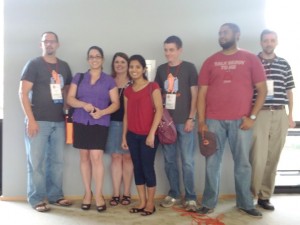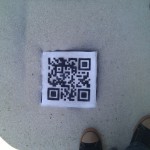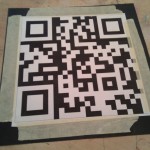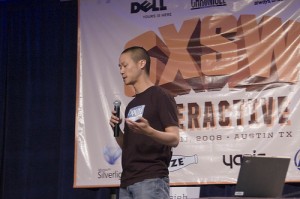With roughly 22% of new (and a total of over 46 million) sites built on WordPress, it has become a popular target of scripted hacks – programs that troll the internet in search of out-of-date versions of WordPress and its plugins. It has become increasingly important to keep your plugins and WordPress’ core files up-to-date.
But keeping things up-to-date can be tedious. And it’s easy to forget to check to see if updates are available for your sites. Let me keep track of your WordPress updates for you. For a small monthly fee, I will monitor your site and apply updates to WordPress and its plugins as needed – usually within 24 hours of updates becoming available (but often quicker than that). I’ll also perform daily incremental backups of your site and save them off-site (to Amazon’s S3 service), providing you with a route to restore your site should something happen.
In a nutshell, I’m doing something that you could be doing for yourself, but using tools to make the process much more efficient.
Some things that this service does not cover:
- Sites that break when a new version of WordPress or a plugin are released. I very rarely have this happen and it’s something I don’t really have control over. Sometimes, a bit of extra work is involved to support new versions.
- Fixing sites that *are* infected. I’ll be able to help you recover from a backup of your site (at my normal hourly rate), but I can’t guarantee that your site won’t be hacked. I *can* say that keeping code up-to-date is the best way to prevent problems. Keeping the code up-to-date is something you’d need to be doing anyway, I’m just doing it for you.
- Updating premium plugins that don’t use WordPress’ default updater. Some plugins require a manual update. I can help you with these, too, but it would be at an increased price.
Interested? Questions? Contact me by form or phone.







